Wild Simulated Ginseng Plants: How To Grow Wild Simulated Ginseng
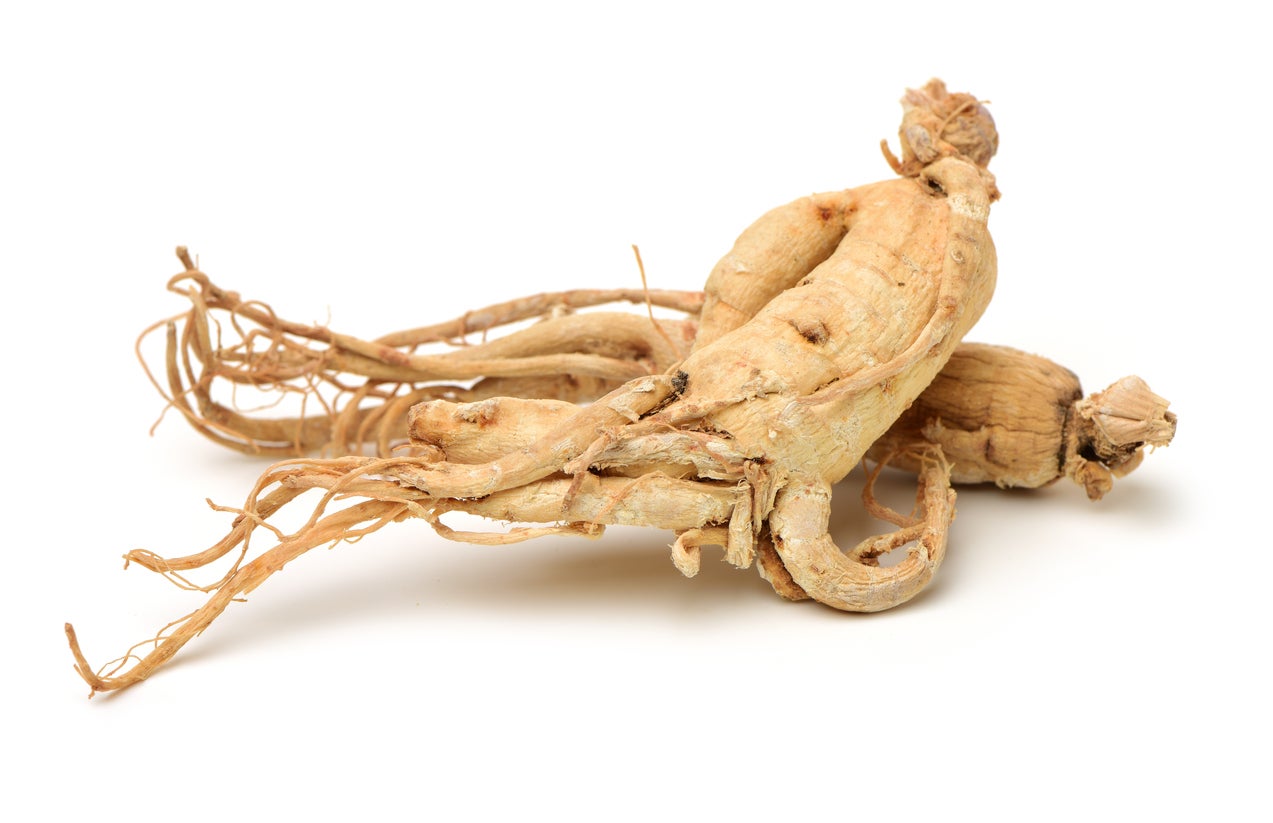
Ginseng can command a significant price and, as such, may be an excellent opportunity for non-timber income on forest lands, which is where some enterprising growers plant wild simulated ginseng plants. Interested in growing wild simulated ginseng? Read on to find out what wild simulated ginseng is and how to grow wild simulated ginseng yourself.
What is Wild Simulated Ginseng?
Growing ginseng can be divided into two categories: wood grown and field grown. Wood grown ginseng can be further divided into ‘wild simulated’ and ‘wood cultivated’ ginseng plants. Both are grown in forest soil and planted in tilled beds with leaf and bark mulch, but that’s where the similarities end.
Wild simulated ginseng plants are grown for 9 to 12 years while wood cultivated ginseng is only grown for six to nine years. The roots of wild simulated ginseng are similar to wild ginseng while the roots of wood cultivated ginseng are of intermediate quality. Wood cultivated ginseng is seeded at almost twice the rate of wild simulated and yields much more per acre.
Field cultivated ginseng is only grown for three to four years with far lesser quality of roots in straw mulch and an extremely heavily sown field with a greater yield than the previous methods. The cost of production increases and the price paid for roots decreases as cultivation moves from wild simulated to field cultivated.
How to Grow Wild Simulated Ginseng Plants
Growing wild simulated ginseng is often preferred over field grown production, as it costs the least, yet produces the highest valued roots. Maintenance is minimal, involving weed removal and slug control using the most rudimentary equipment (rakes, pruning shears, mattocks, or shovels).
Ginseng is grown in a forest environment in natural shade provided by the surrounding trees. To grow wild simulated ginseng, plant seeds ½ to 1 inch (1-2.5 cm.) deep in untilled soil in the fall – untilled so the roots will take on the wayward gnarled look of wild ginseng. Rake back leaves and other detritus and plant the seeds by hand, four to five seeds per square foot. Cover the seeds with the removed leaves, which will act as mulch. Stratified seed will germinate next spring.
The whole idea is to allow the ginseng roots to form as naturally as possible, just as they would in the wild. The ginseng plants are not fertilized to allow the roots to slowly develop over years.
Gardening tips, videos, info and more delivered right to your inbox!
Sign up for the Gardening Know How newsletter today and receive a free copy of our e-book "How to Grow Delicious Tomatoes".
While wild simulated ginseng has the potential to bring in more income than wood or field cultivated, because there is little crop management, the success of the plantings may be more sporadic. To up the odds in your favor, be sure to purchase reputable stratified seeds and try some test plots.
Slugs are the number one reason why first year ginseng seedlings fail. Be sure to set slug traps, either homemade or purchased, around the plot.

Amy Grant has been gardening for 30 years and writing for 15. A professional chef and caterer, Amy's area of expertise is culinary gardening.
-
 Get Ready For A Summer Of Hummers! Grow These Full Sun Hummingbird Plants and Flowers
Get Ready For A Summer Of Hummers! Grow These Full Sun Hummingbird Plants and FlowersIf you’re lucky enough to enjoy a sunny backyard, make sure you are maxing out on your pollinator opportunities and grow these full sun hummingbird plants and flowers
By Tonya Barnett
-
 12 Lush Alternatives To A Lawn For Sustainable Spaces
12 Lush Alternatives To A Lawn For Sustainable SpacesAlternatives to a lawn are beautiful and also beneficial to your local ecosystem and its pollinators. Explore our top picks for plants to replace grass.
By Tonya Barnett
-
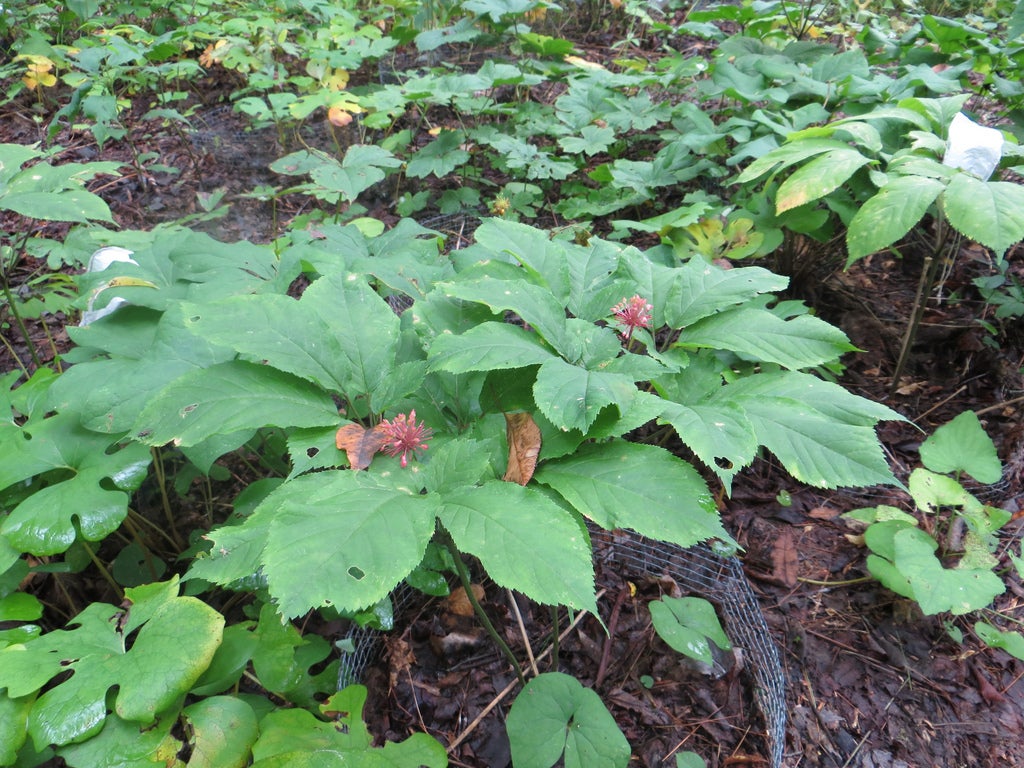 Ginseng Winter Care – What To Do With Ginseng Plants In Winter
Ginseng Winter Care – What To Do With Ginseng Plants In WinterMany people are able to produce adequate crops of ginseng root in a wide range of climatic conditions. With special consideration and the establishment of seasonal care routines, growers can maintain healthy ginseng plants for years to come. Learn about winter care here.
By Tonya Barnett
-
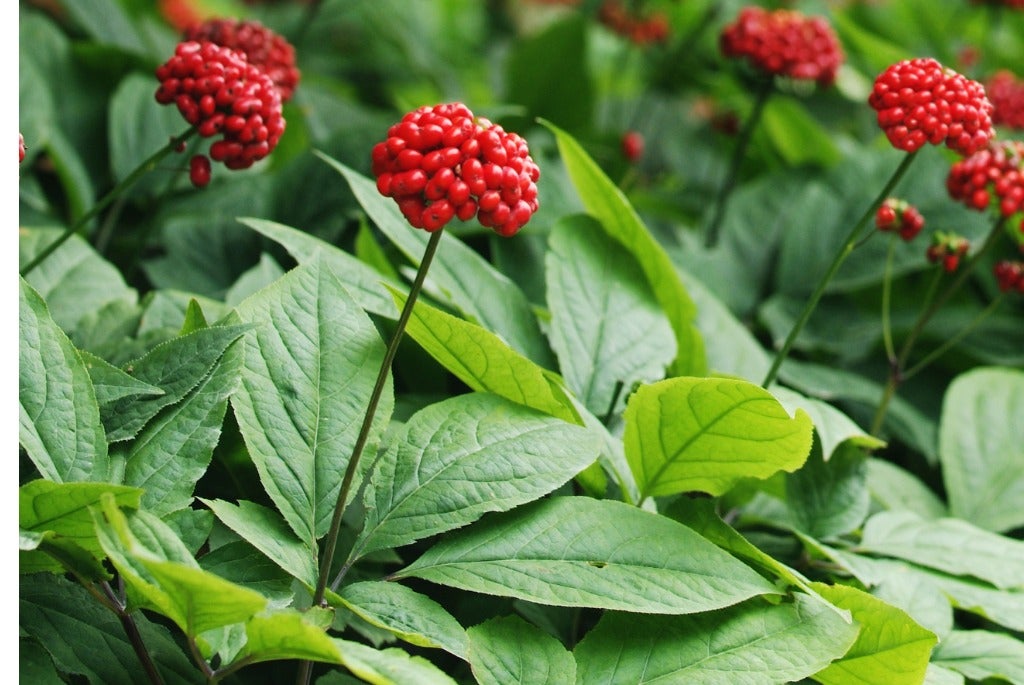 What Is Asian Ginseng – Learn How To Grow Korean Ginseng Plants
What Is Asian Ginseng – Learn How To Grow Korean Ginseng PlantsGinseng is featured prominently in a number of energy drinks, tonics and other health related products. On many of these products, the type of ginseng is called Asian or Korean ginseng root. The following article discusses how to grow Korean ginseng root.
By Amy Grant
-
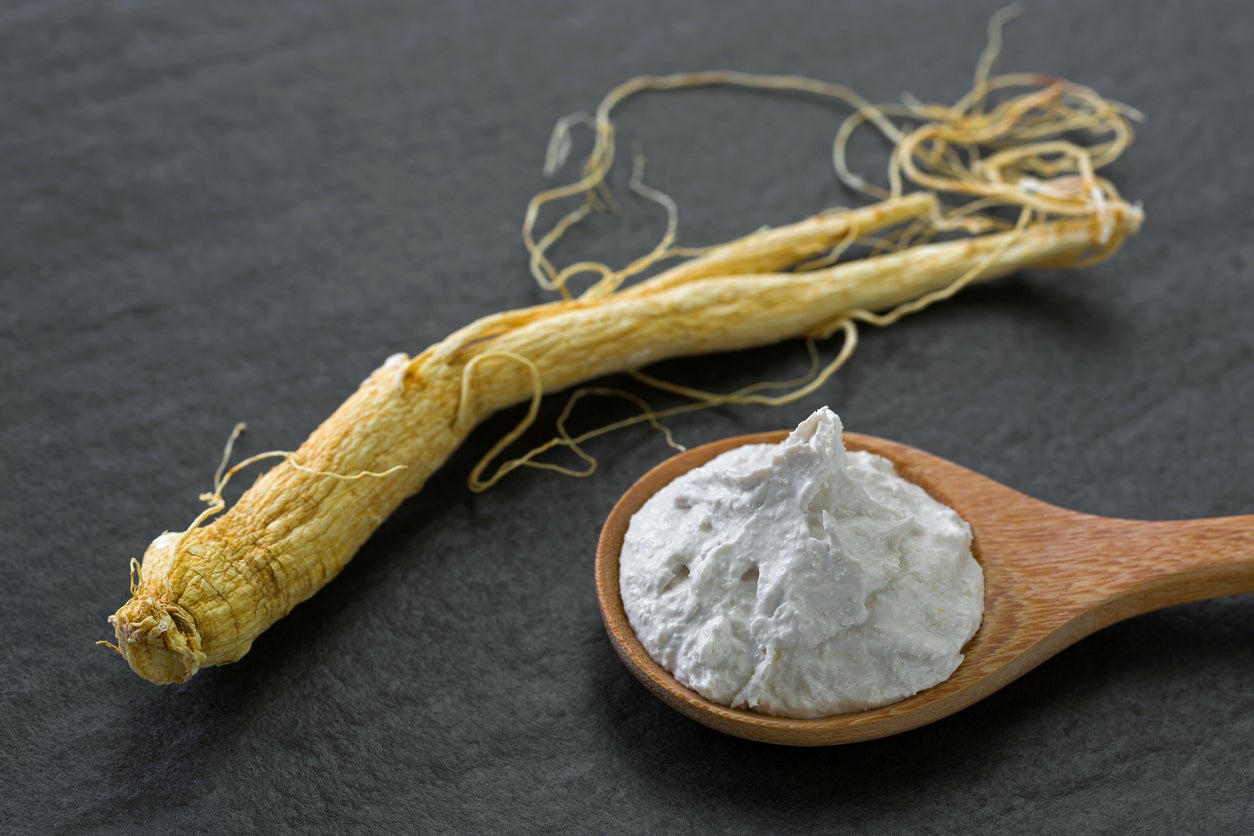 Medicinal Ginseng Remedies – Using Ginseng For Health Benefits
Medicinal Ginseng Remedies – Using Ginseng For Health BenefitsIn Asia, medicinal ginseng dates back several centuries. In North America, herbal ginseng use dates back to the early settlers, who used the plant to treat a number of conditions. Is ginseng good for you? What do medical experts say about using ginseng for health? Find out here.
By Mary H. Dyer
-
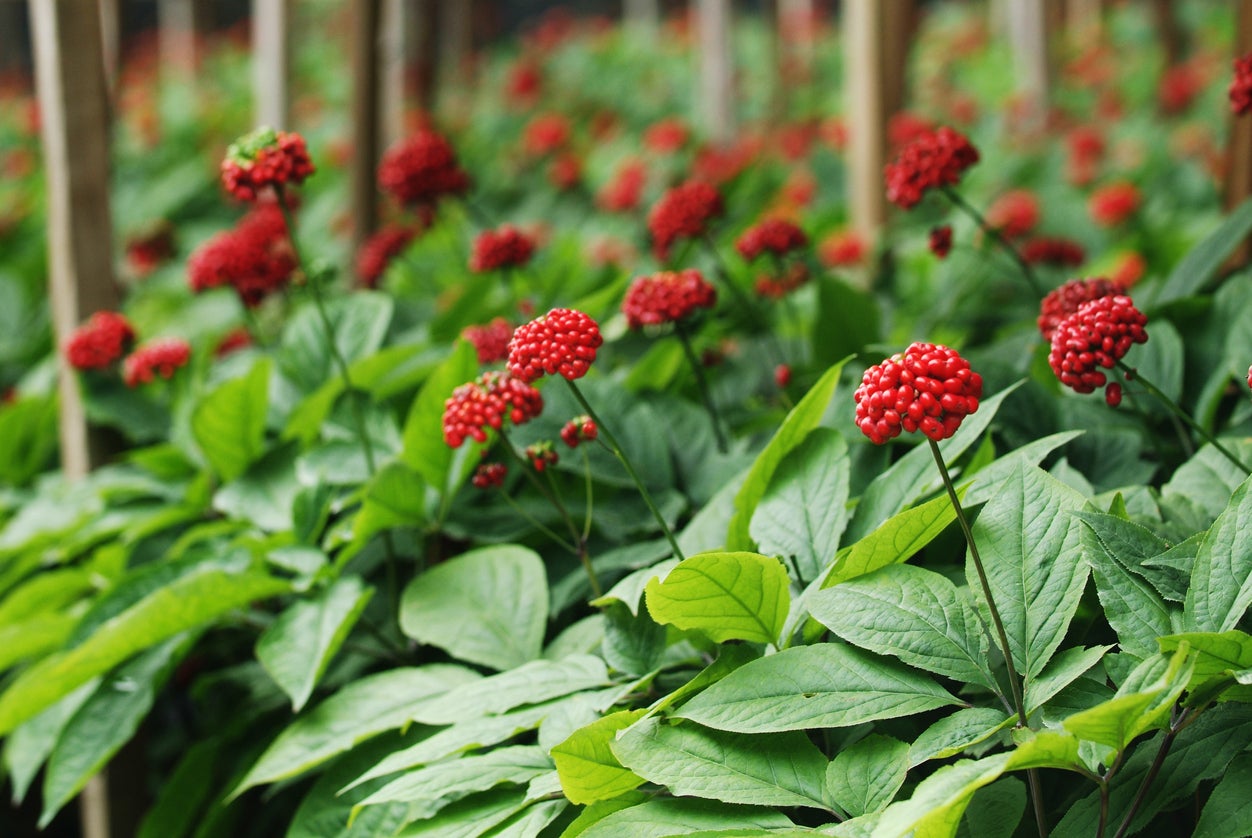 Ailing Ginseng Plants – Identifying Common Ginseng Problems
Ailing Ginseng Plants – Identifying Common Ginseng ProblemsGinseng is a great plant to grow because you can enjoy a lot of potential health benefits from using the medicinal root. Unfortunately, there are a lot of ginseng problems you may encounter in the garden, as this is not the easiest plant to grow. Learn more here.
By Mary Ellen Ellis
-
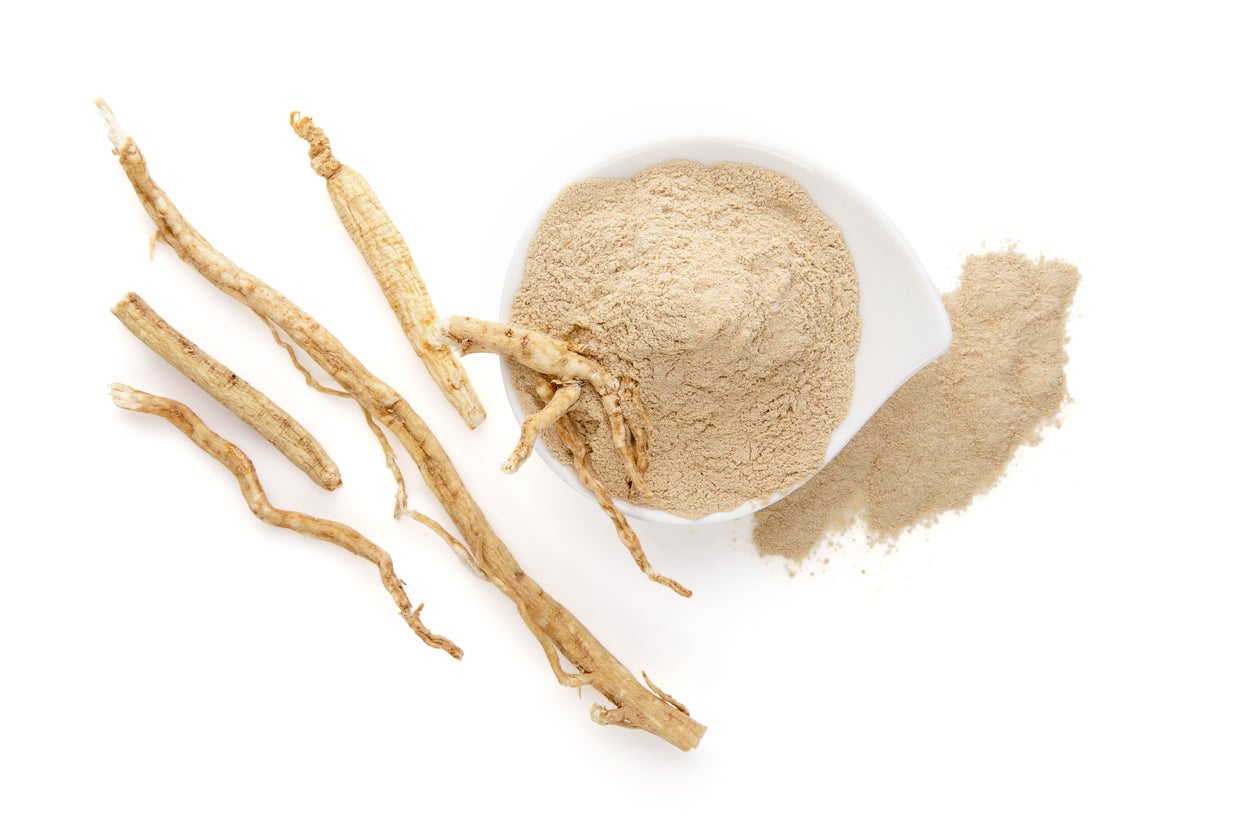 Dried Ginseng Root: Learn How To Store Ginseng Plants
Dried Ginseng Root: Learn How To Store Ginseng PlantsGrowing ginseng as an alternative crop is increasing in popularity, but it does take some commitment and it is necessary to learn how to dry ginseng root properly and store for later use. The information in this article can help with that.
By Amy Grant
-
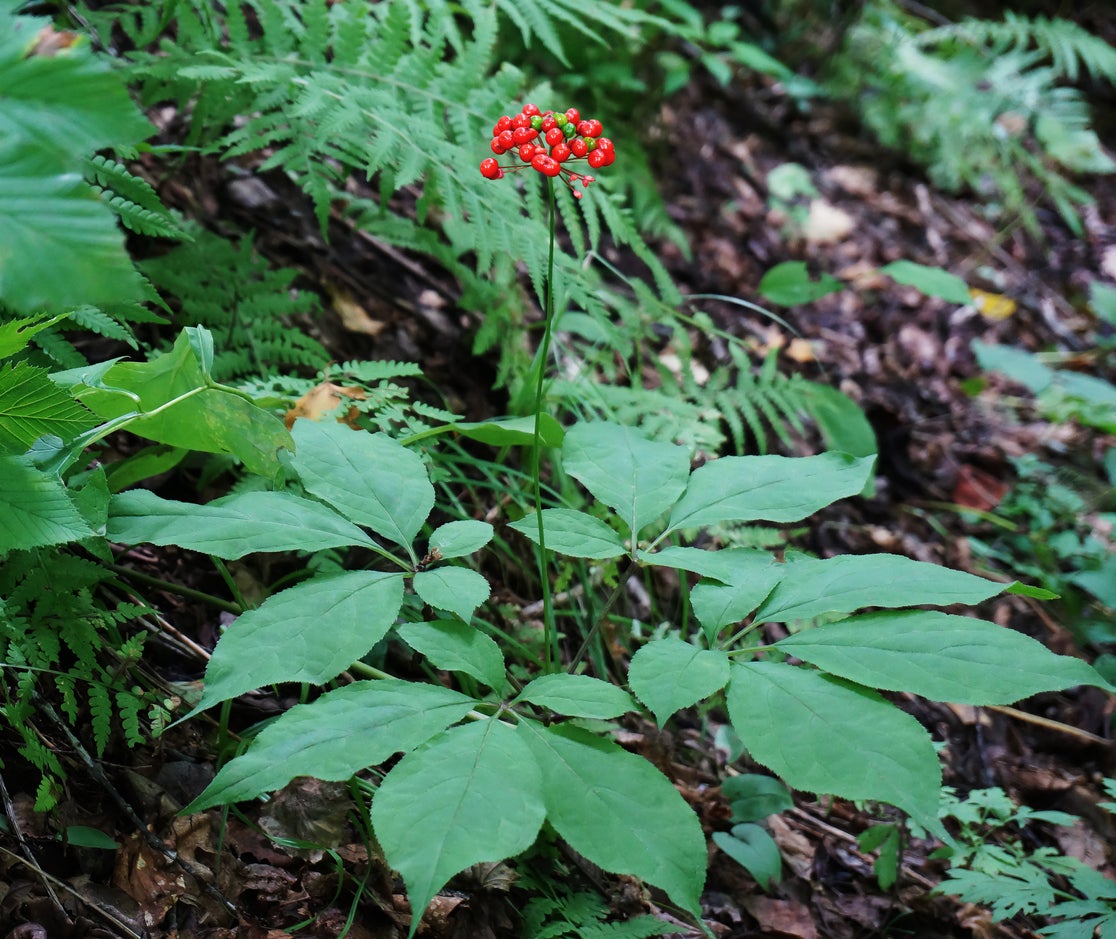 Potted Ginseng Care: Can You Grow Ginseng In Containers
Potted Ginseng Care: Can You Grow Ginseng In ContainersGinseng prefers to grow outdoors, either in beds or in pots. If you have questions about growing ginseng in containers, click here. We’ll give you information about potted ginseng including tips to help container-grown ginseng thrive.
By Teo Spengler
-
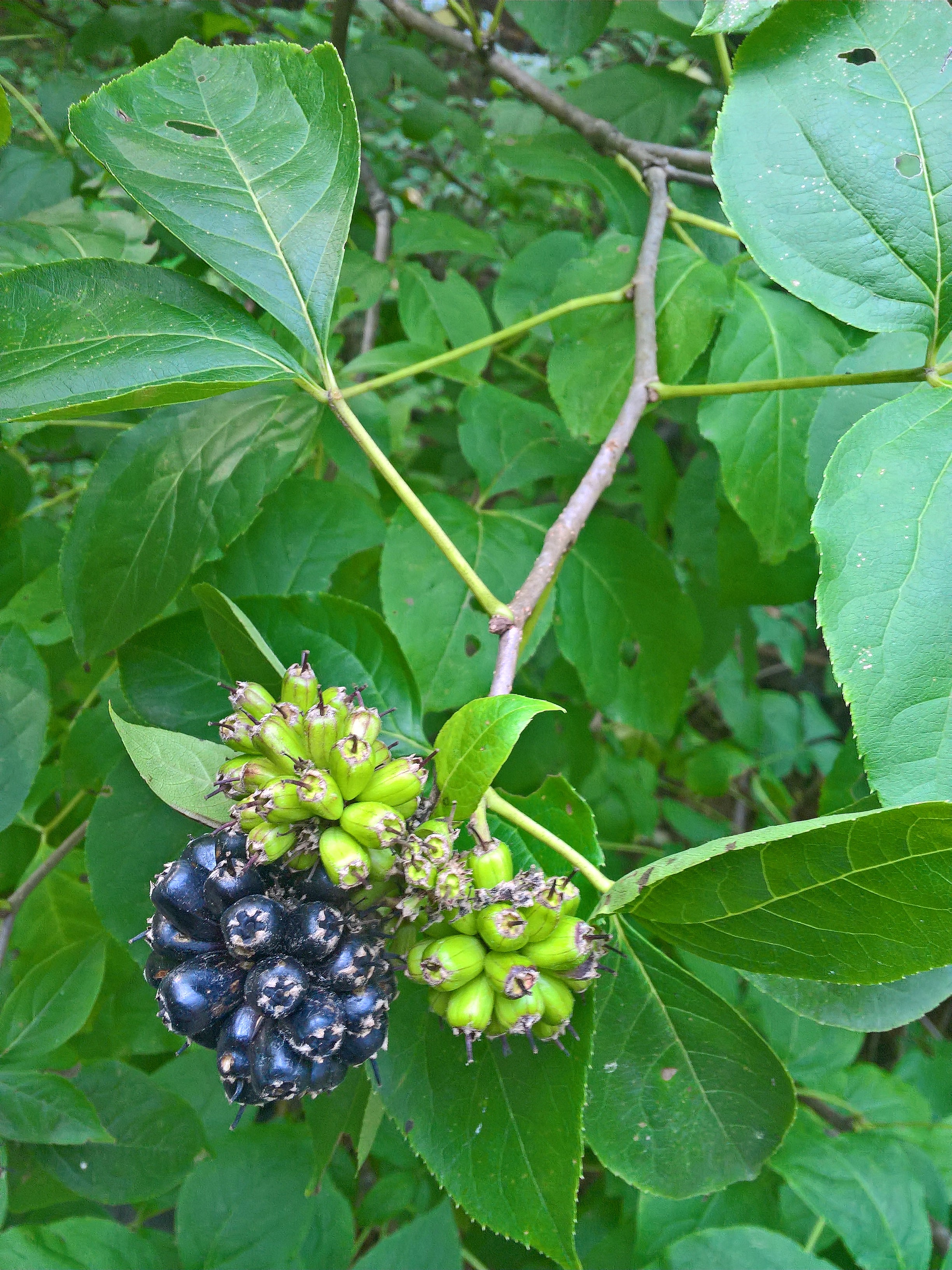 Varieties Of Ginseng For The Home Gardener
Varieties Of Ginseng For The Home GardenerThere are several types of ginseng on the market today, including a few varieties of “ginseng” that are similar in many ways, but aren’t actually a true ginseng. Click on the following article to learn more about different types of ginseng.
By Mary H. Dyer
-
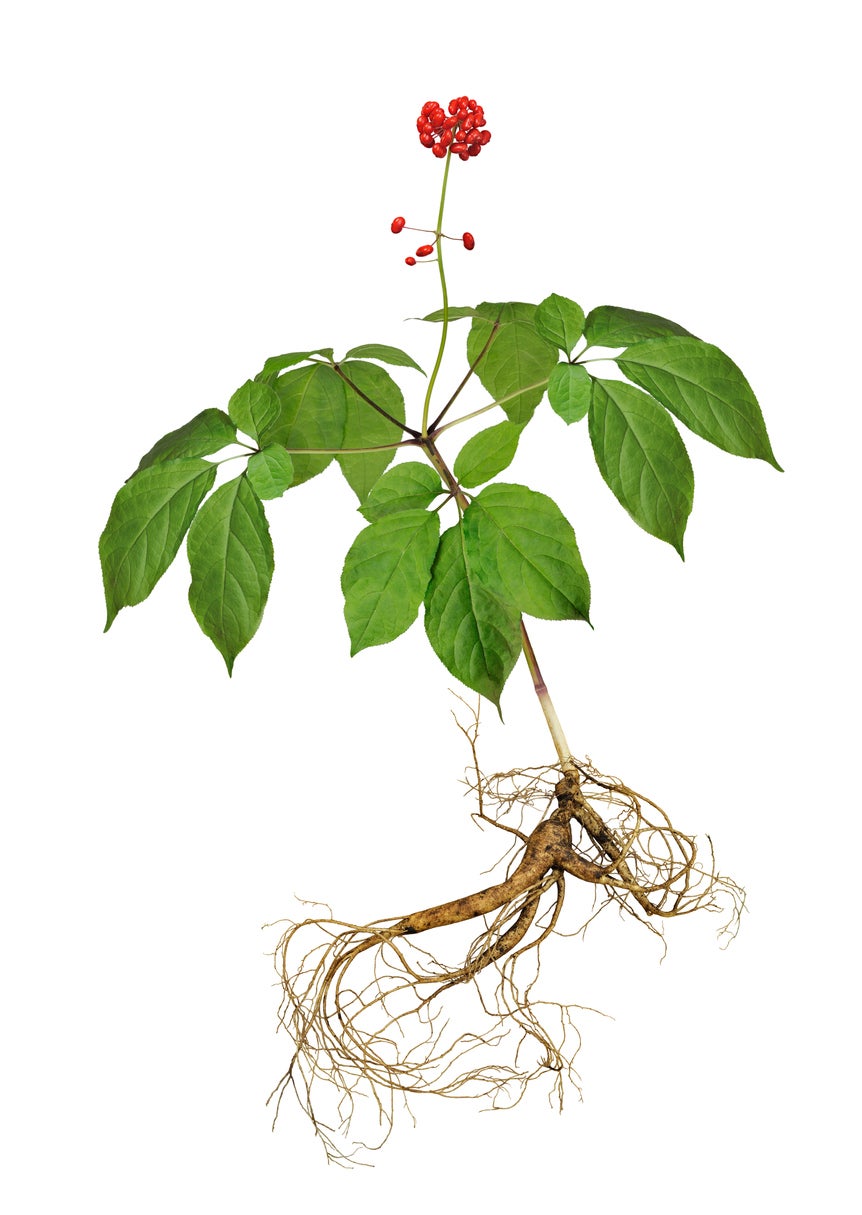 Is Ginseng Edible – Information On Edible Ginseng Plant Parts
Is Ginseng Edible – Information On Edible Ginseng Plant PartsGinseng medicinal uses date back many hundreds of years. The plant has been a valuable herb in the United States since the days of the early settlers, and today, is outsold only by ginkgo biloba. But is ginseng edible? Click the following article to learn more.
By Mary H. Dyer